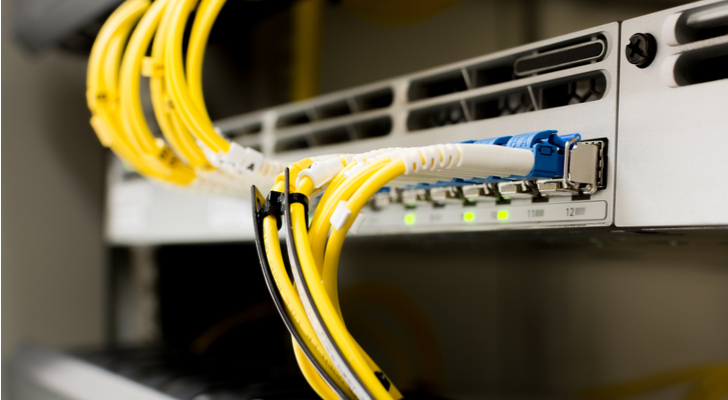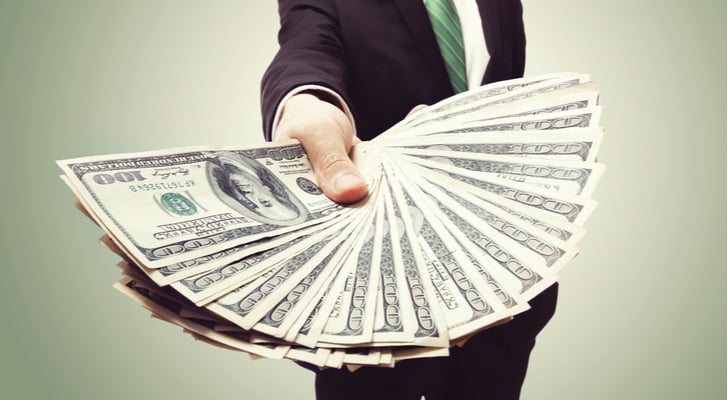
Source: Shutterstock
The best stocks to invest in right now are always a matter of perspective. You should always hold a long-term diversified portfolio that aims to deliver a real rate of return in excess of the real inflation rate of 8% to 10%. That’s the objective of my investment advisory newsletter, TheLiberty Portfolio.
That being said, if you are still building a portfolio, the best stocks to invest in right now are those more likely to outperform the overall market in the long term. By definition, that means value stocks. Because the market has largely been driven by large-cap stocks over the past couple of years, a lot of value stocks and small-cap stocks are being ignored. That helps narrow down the sectors for us to look at for the best stocks to invest in right now.
I prefer to look for stocks that are generally misunderstood, and are overlooked for a variety of reasons. Those are a couple of criteria that the famous fund manager Peter Lynch utilized during his career. They tend to lead to outsized returns.
These criteria alone provide for a very nice selection of the best stocks to invest in right now. However, for the best stocks to buy now, I will narrow my criteria down one further by adding in an area I happen to be an expert in: consumer finance. Now that the Consumer Financial Protection Bureau (CFPB) is being gutted, there are a number of stocks that had been under pressure for a long time that have become hot stocks.
Stock 1: Enova International Inc
Enova International Inc (NASDAQ:ENVA) is probably the top hot stock in this sector. Enova began life as CashNetUSA, the successful state-by-state, licensed short-term consumer lending operation. It was phenomenally successful. It was purchased by Cash America International, and then spun off.
After several years of gangbuster returns, the CFPB started cracking down on short-term lending, also known as payday lending. This happened simultaneously with a crackdown in the U.K. on consumer lending. ENVA stock fell to about $6 per share. ENVA started developing all kinds of new products that were not subject to the CFPB rules, and worked with U.K. regulators to develop new products.
It took a little while, but ENVA stock is back on track and has been delivering stellar results. Not only that, but with the CFPB reconsidering the payday loan rules, and a big industry lawsuit against the CFPB, I believe Enova will be able to ramp up its single pay products again. The stock trades at $32.50, and I believe it can triple in the next three to four years.
Stock 2: Ezcorp Inc
Ezcorp Inc (NASDAQ:EZPW) was, at one point, a leading provider of single pay products as well, and also had a large presence in pawnshops. However, the single voting shareholder got distracted by other companies moving into Internet lending. He took his eye off the ball, fired senior management that has done so well for so long, and put in new management that had no idea what it was doing. This, coupled with a crash in gold prices, sent EZPW stock to under $3 per share.
Brand-new management, which had a host of expertise in pawnshops, was hired and the company engaged in a turnaround. EZPW sold off all the assets it had, other than pawnshops. It continued its domestic expansion, and started breaking ground on pawn shops in Latin America. Latin America is a massive opportunity for pawnshops, and there remains an enormous amount of expansion that is possible in Latin America. EZPW stock is trading at about $13 per share, but I believe it can double in the next three years.
Stock 3: Encore Capital Group, Inc.
Encore Capital Group, Inc. (NASDAQ:ECPG) is a kind of cousin to these other two stocks. It is an international provider of debt collection services. That’s right, if you’ve ever gotten calls from those infamous debt collectors, now you have a chance to get some back.
By investing in ECPG, you are investing in a company that will buy charged-off debt for pennies on the dollar, and then turn around and try to collect on it. You wouldn’t think that this would be a very successful model. But in fact, it is been extraordinarily successful. That’s because if a company is able to buy a debt for, say, 2 cents on the dollar, and is able to collect 6 cents, it made a 200% return on its money. ECPG stock trades at $44.60, and I see a double within three years.
Buffett could see this new asset run 2,524% in 2018. And he's not the only one... Mark Cuban says "it's the most exciting thing I've ever seen." Mark Zuckerberg threw down $19 billion to get a piece... Bill Gates wagered $26 billion trying to control it...
What is it?
It's not gold, crypto or any mainstream investment. But these mega-billionaires have bet the farm it's about to be the most valuable asset on Earth. Wall Street and the financial media have no clue what's about to happen...And if you act fast, you could earn as much as 2,524% before the year is up.
Click here to find out what it is.
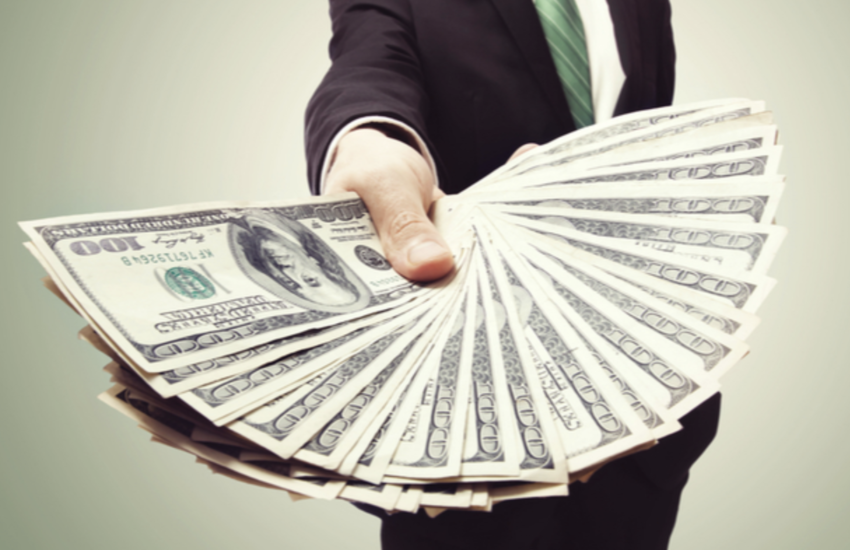



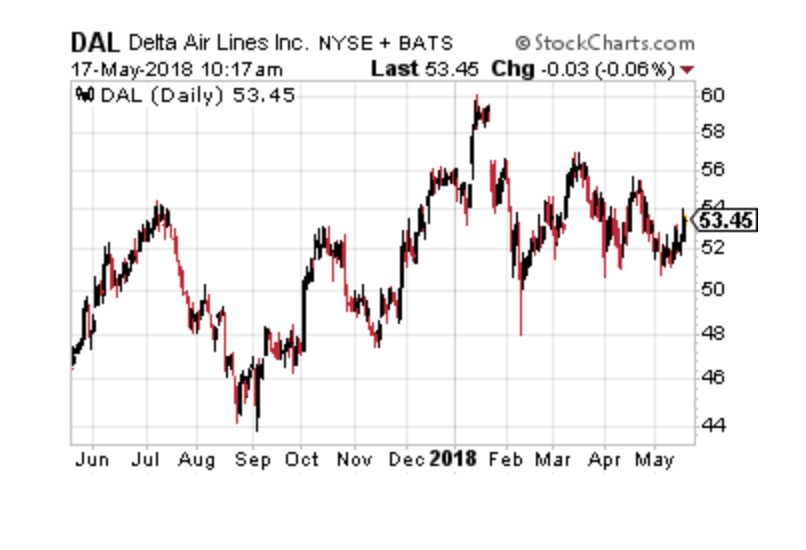
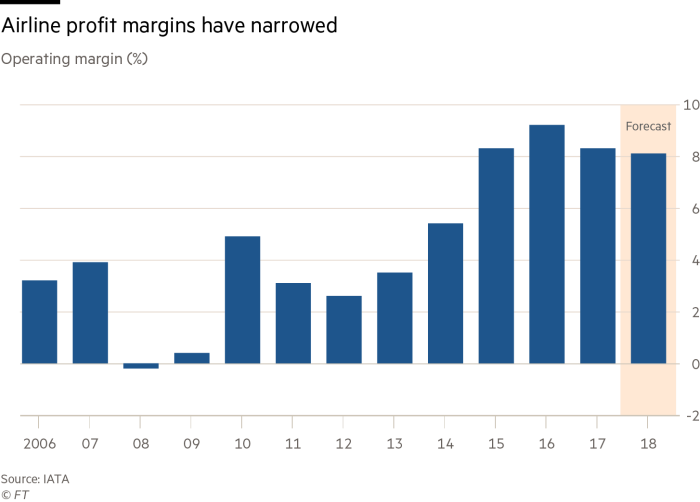
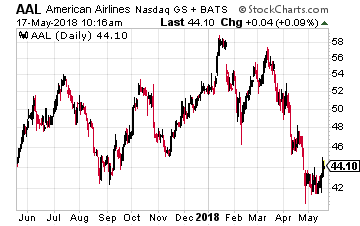 So the industry is seeking to personalize experiences for as many travelers as possible by using the vast amount of data the airlines have on their passengers. And think about it – the airlines do have a lot of data about you – name, address, phone numbers, birth date, credit cards, favorite seating assignment, how often you visited their website, etc. In fact, some researchers say that an average transatlantic flight generates about 1,000 gigabytes of data!
So the industry is seeking to personalize experiences for as many travelers as possible by using the vast amount of data the airlines have on their passengers. And think about it – the airlines do have a lot of data about you – name, address, phone numbers, birth date, credit cards, favorite seating assignment, how often you visited their website, etc. In fact, some researchers say that an average transatlantic flight generates about 1,000 gigabytes of data!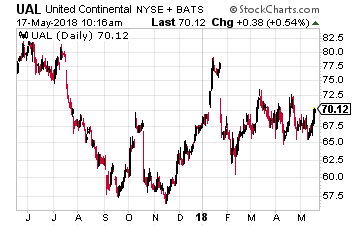
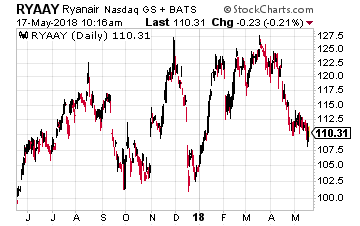 Even overseas-based airlines are going ‘all in’ on big data and deep learning. Ryanair Holdings PLC (OTC: RYAAY) wants to become the “Amazon for travel” by using its customers’ data to cross-sell items, such as hotel rooms, from a one-stop-shop platform.
Even overseas-based airlines are going ‘all in’ on big data and deep learning. Ryanair Holdings PLC (OTC: RYAAY) wants to become the “Amazon for travel” by using its customers’ data to cross-sell items, such as hotel rooms, from a one-stop-shop platform.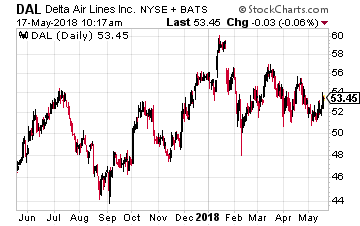
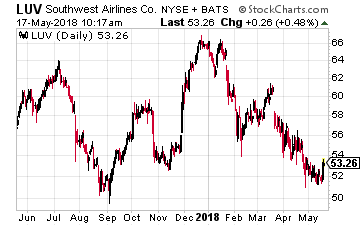






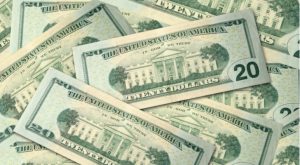





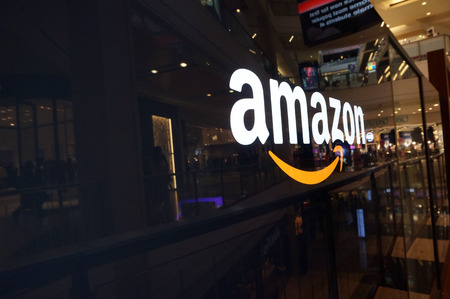




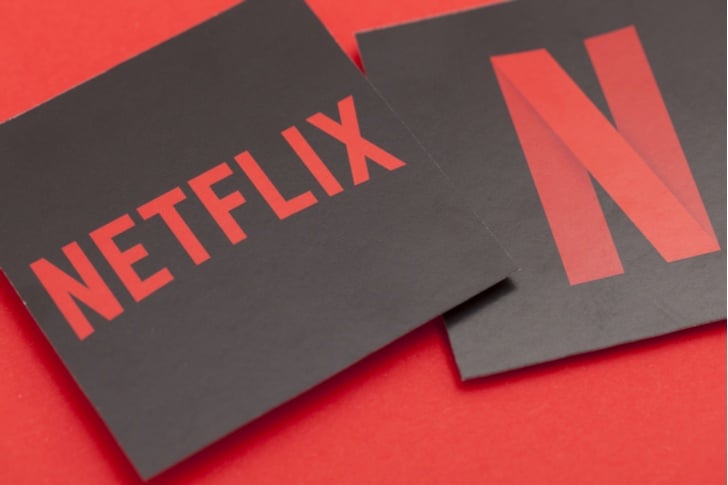









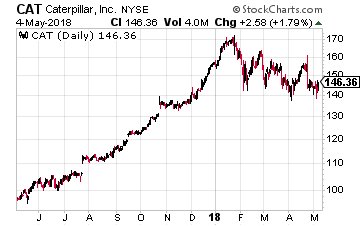 Despite spectacular gains in revenues and earnings, some companies’ stocks have barely budged or even dropped. The worry is that rising borrowing costs (interest rates going to 4% or 5% and beyond) and inflation mean that a turn in the business cycle is close. These worries were intensified when Caterpillar (NYSE: CAT), which reported record quarterly profits, said rising input costs may mean that the first quarter would be the “high watermark for the year.”
Despite spectacular gains in revenues and earnings, some companies’ stocks have barely budged or even dropped. The worry is that rising borrowing costs (interest rates going to 4% or 5% and beyond) and inflation mean that a turn in the business cycle is close. These worries were intensified when Caterpillar (NYSE: CAT), which reported record quarterly profits, said rising input costs may mean that the first quarter would be the “high watermark for the year.”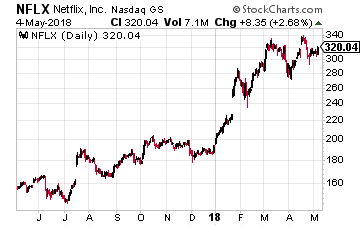 But these Americans will need something to keep them entertained… and what is better than Netflix (Nasdaq: NFLX)?
But these Americans will need something to keep them entertained… and what is better than Netflix (Nasdaq: NFLX)?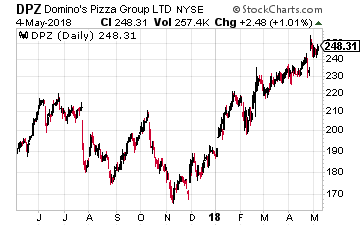 And what else goes better with binge watching than eating pizza? The pizza business is one of the most recession-resistant businesses I can think of and the best company in this niche sector is Domino’s Pizza (NYSE: DPZ).
And what else goes better with binge watching than eating pizza? The pizza business is one of the most recession-resistant businesses I can think of and the best company in this niche sector is Domino’s Pizza (NYSE: DPZ).
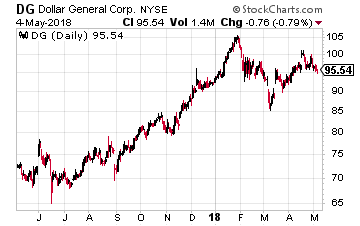 While retailers around the country are closing stores in droves, Dollar General (NYSE: DG) is doing exactly the opposite. The discount store has opened more stores than ever before, with over 5,000 new locations across the U.S. since 2010. Dollar General now has more than 14,000 stores in the country — or just about as many as McDonald’s. And it plans to add another 900 stores in 2018.
While retailers around the country are closing stores in droves, Dollar General (NYSE: DG) is doing exactly the opposite. The discount store has opened more stores than ever before, with over 5,000 new locations across the U.S. since 2010. Dollar General now has more than 14,000 stores in the country — or just about as many as McDonald’s. And it plans to add another 900 stores in 2018.

